Leningrad Oblast - Overview
Leningrad Oblast is a federal subject of Russia located in the northwest of the European part of the country, part of the North-West Federal District. The regional authorities are located in St. Petersburg (from 1924 to 1991 - Leningrad, hence the name of the region).
The population of Leningrad Oblast is about 1,911,600 (2022), the area - 83,908 sq. km.
History of Leningrad Oblast
The first settlements on the territory of the present Leningrad region appeared in the 9th-8th millennium BC, after the retreat of the glacier. By the middle of the 1st millennium AD, the Finno-Ugric tribes engaged in agriculture, cattle breeding, hunting, and fishing lived here. In the 8th century, the Slavic tribes came to the region.
In the 750s, Ladoga appeared (since the 18th century - Staraya (Old) Ladoga) - the most ancient Russian settlement. In the 9th-10th centuries, Ladoga became an important political and economic center of the ancient Russian state. At the end of the 10th century, Lagoda lost this role. Novgorod became the new center.
In the 12th century, Novgorod gained political independence, and the lands on the shores of the Gulf of Finland, Luga, Neva, Ladoga, Volkhov became part of the Novgorod Republic. In the 13th-14th centuries, this region became an arena of struggle of Novgorod and Pskov Republics against the Livonian knights and Swedish feudal lords.
More historical facts…
In 1240, the famous Battle of the Neva took place in which the Novgorod troops headed by Prince Alexander Yaroslavich defeated the Swedish troops. After the battle, Alexander Yaroslavich received an honorary nickname of “Nevsky” and became known simply as Alexander Nevsky.
In the 13th-14th centuries, for the protection of the north-western borders, several new fortresses were founded: Yam, Koporje, Oreshek, Korela, Tiversky town. In January, 1478, the Novgorod Republic was conquered by the Moscow principality. The region became part of the united Russian state.
In the early 17th century, during the Time of Troubles, Russia was cut off from the Baltic Sea. The north-east of the country was captured by the Swedes. In the early 18th century, during the Northern War, Russia regained control of the region and Saint Petersburg, a new capital of the state, was founded here.
In 1708, the Ingermanland region was formed. In 1710, it was renamed into Saint Petersburg, in 1914 - Petrograd, in 1924 - Leningrad oblast. During the Second World War, a large part of the territory was occupied by the Germans and the Finns and suffered greatly. In January 1945, the population of the region was 483,000. The population before the war was 1,258,000.
In the postwar period, the regional economy was restored, a number of new towns and villages appeared. In 1973, the Leningrad nuclear power plant was opened in Sosnovy Bor.
Nature of Leningrad Oblast
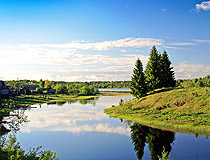
Leningrad Oblast landscape
Author: Roman Rozanov
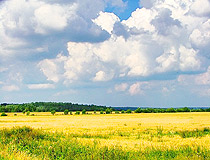
Leningrad Oblast nature
Author: Igor Los
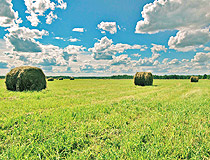
Field in the Leningrad region
Author: Vitaliy Karputkin
Leningrad Oblast - Features
St. Petersburg is not part of the Leningrad region. It is an independent subject of the Russian Federation, a city of federal significance. Leningrad Oblast is the only federal subject of Russia the authorities of which are located entirely on the territory of another federal subject.
Leningrad Oblast, located on the East European (Russian) Plain, stretches from west to east for 500 km, from north to south - 320 km. The region borders with the European Union: in the west - with Estonia, in the north-west - with Finland.
The climate is continental. Marine air masses cause relatively mild winter with frequent thaws and moderately warm, sometimes cool summer. The average temperature in January is in the range of minus 8-11 degrees Celsius, in July - plus 16-18 degrees Celsius.
Leningrad Oblast is rich in water resources - rivers and lakes. There are about 1,800 lakes including Ladoga Lake - the largest lake in Europe. Much of the region is occupied by marshes.
Industry is the backbone of the local economy. Such industries as food industry, transport equipment, oil product, pulp and paper industry prevail. Part of the Nord Stream gas pipeline passes through the territory of the region.
Leningrad Nuclear Power Plant is situated in the town of Sosnovy Bor. Machine-building plants are situated in different towns of the province. Ford Automobile Plant is situated in Vsevolozhsk, Caterpillar - in Tosno.
The transport network is well developed in the region. Saint Petersburg is one of the largest transport hubs of Russia.
The largest towns of Leningrad Oblast are Murino (89,600), Gatchina (87,600), Vsevolozhsk (76,600), Vyborg (73,000), Sosnovy Bor (66,000), Sertolovo (61,200), Tikhvin (56,700), Kudrovo (54,500), Kirishi (49,600), Kingisepp (43,900) Volkhov (43,300).
Attractions of Leningrad Oblast
In 1990, a number of monuments of history and culture of Leningrad Oblast were included into the list of UNESCO World Heritage:
- The fortifications on the shore of the Gulf of Finland: “Seraya Loshad” (Grey Horse) and “Krasnaya Gorka” (Red Hill),
- The historical part of the town of Shlisselburg,
- The fortress “Oreshek”,
- The palace and park ensembles in Ropsha, Gostilitsy, Taytsy,
- The palace and park ensemble and the historical center of Gatchina,
- Sologubovka War Memorial - the largest German military cemetery.
Other places of interest:
- Staraya (Old) Ladoga - the ancient capital of northern Russia,
- Vyborg Castle,
- Assumption Monastery, the house-memorial of Rimsky-Korsakov in Tikhvin,
- Ivangorod Fortress,
- “Korela” fortress in Priozyorsk,
- Koporye fortress in Lomonosov district,
- “Priyutino” museum estate in Vsevolozhsk,
- Konevsky Monastery on Konevets Island,
- Wooden churches of Svir (“Golden Ring of Leningrad oblast”) in Podporozhsky district,
- Tervenichesky Convent,
- Zelenetskii Trinity Monastery,
- Lisino - the buildings designed by N.L.Benua,
- Museum estate of N.K. Roerich in Izvara,
- Museum “Stationmaster House” in Vyra.


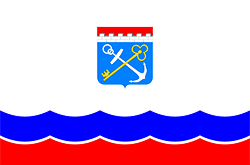
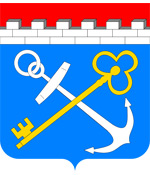



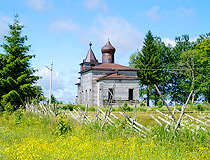
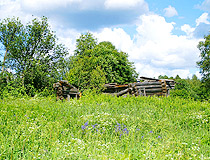
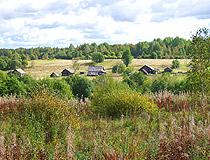
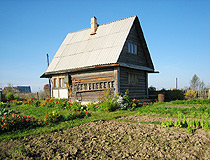
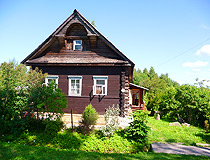
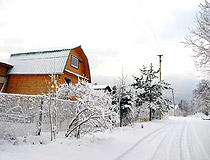
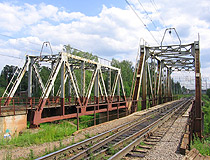
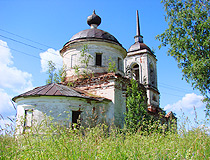
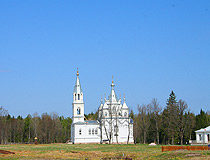
The comments of our visitors